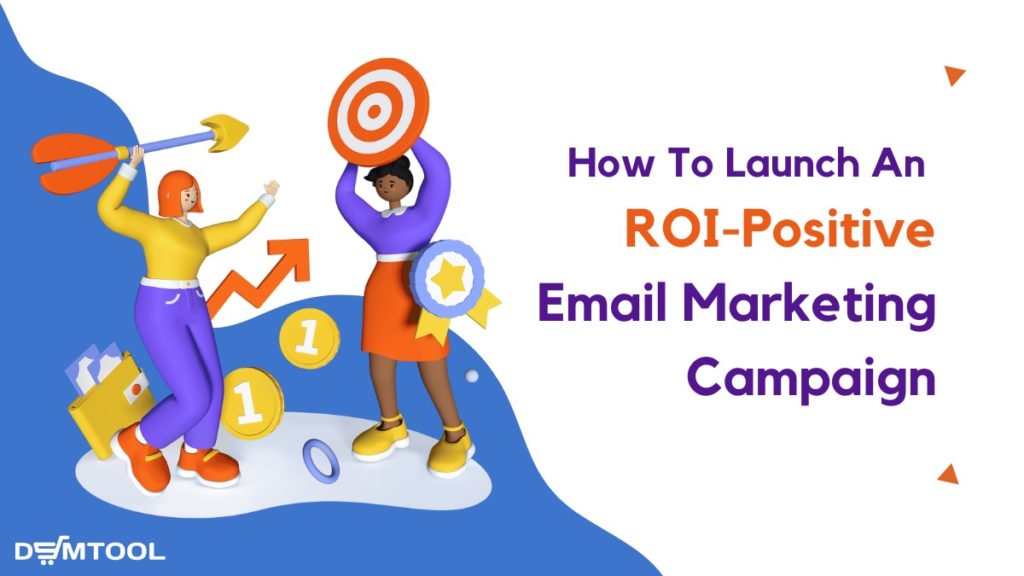
A Statista survey estimated billions of emails have been sent and received every day in 2022. This means email marketing is not dead and investing in an email marketing campaign will get you to your desired bottom line.
It’s still very relevant even if new inbound marketing strategies have been popping up here and there. Statista even forecasted that by 2025, the daily exchange of emails will climb to 370 billion.
How do you take advantage of this marketing method for your business? What steps should you take to make email marketing a catalyst for increased revenue for your business?
In this post, we’ll define what an email marketing campaign is, discuss goals you can make, how you can build a targeted email list, and how you can make a strong copy. By the end of your read, you’ll have what it takes to create an email marketing campaign from scratch and start leveraging it to reach your business goals.
Let’s get right to it.
What Is An Email Marketing Campaign?
An email marketing campaign is a sequence of emails that aim to nurture leads, drive conversions, or sustain a relationship with customers to turn them into loyal buyers and brand ambassadors. In simple terms, email marketing helps you reach your business goals.
With a lot of new digital marketing strategies, why is it still worth pursuing?
As OptinMonster reports, 74% of teenagers and over 90% of adults use email regularly. So even if new strategies have emerged, an email marketing campaign remains to be a great tool to drive brand awareness and long-term revenue for your business. Especially because people tend to be apprehensive about a brand they just knew about.
Typically most consumers aren’t ready to convert the first time they see a product or service. It needs more recall and nurturing to trust the brand enough to be worth the money. What better way to nurture those leads than by pursuing a targeted email marketing campaign?
But here’s an important note: You’re a guest in another email inbox.
If you overwhelm them with sales pitches, especially without their consent you’ll be leaving a bad impression that can ruin your brand altogether.
We’ll get this covered better along the way, but for now, let’s start with the first thing you need to do to create an email marketing campaign that works.

Not yet making money online?
Start your own dropshipping business. Sign up for a free trial of DSM Tool and we’ll help you get started. Today is the day.
Steps To Create An Email Marketing Campaign That Works
1. Define Your Goals
There are several things you need to do first before sending out your first email. First and foremost is defining what you want to get out of the efforts you put into email marketing.
Here are some typical goals you can set for your email marketing campaigns:
- Welcoming new email subscribers and telling them more about your brand
- Nurturing leads by giving them a regular dose of valuable information
- Boosting engagements before a promotion
- Segmenting leads to provide them with more targeted campaigns
- Driving sales to a product they initially showed interest for
- Re-engaging leads that haven’t been active for a while
- Retargeting customers with cross-sells and upsells
- Increasing customer loyalty and driving them to be brand ambassadors
Your goals can be any or a combination of those listed above.
Once you define what you are doing email marketing for, keep that in mind as you decide on other elements of the campaign. Also, keep dropshipping concerns from consumers in mind and incorporate ways to assure them of their transactions.
But whatever your goals are, here’s something you should always consider:
CCPA, GDPR, and CAN-SPAM have rules that govern the commercial use of emails. In general, each of them states that you can’t send emails to people without their permission.
This means you can’t haphazardly send emails to anyone. If you do so, your emails will be part of spam reports and your unsubscribe rate will soar – both rendering your email marketing efforts useless.
2. Get An Email Service Provider
An email service provider will help you manage your email list, and design, and execute your email marketing campaigns. It also allows you to personalize your interaction with your subscribers so that conversion rates and engagements will be better.
There are tons of ESPs you can choose from but a few of the most popular are:
- Gmail
- Outlook
- Yahoo mail
- iCloud mail
- ProtonMail
But how do you know which one is best for your business?
Go back to your goals and see which ESP can support them. You can also consider:
- Which one has the templates you like
- Which one has the best customer support
- Which one offers the best safety protocols
- Which one has a delivery rate of over 98%
- Which one provides the metrics you’d need to track
- Which one has a stable relationship with internet giants
- Which one supports the email automation and integrations you need
After choosing an ESP to work with, it’s now time to gather subscribers to send the email campaigns to.
It is crucial to have a consistent message and branding across all your emails. As such, having multiple versions of the same email might be helpful. Luckily, it is quick and easy to duplicate emails in Outlook.
3. Build A Targeted Email List
To launch a successful email campaign that works, you first have to build a database of qualified contacts. These are the email addresses of people who have shown an interest in your brand or product.
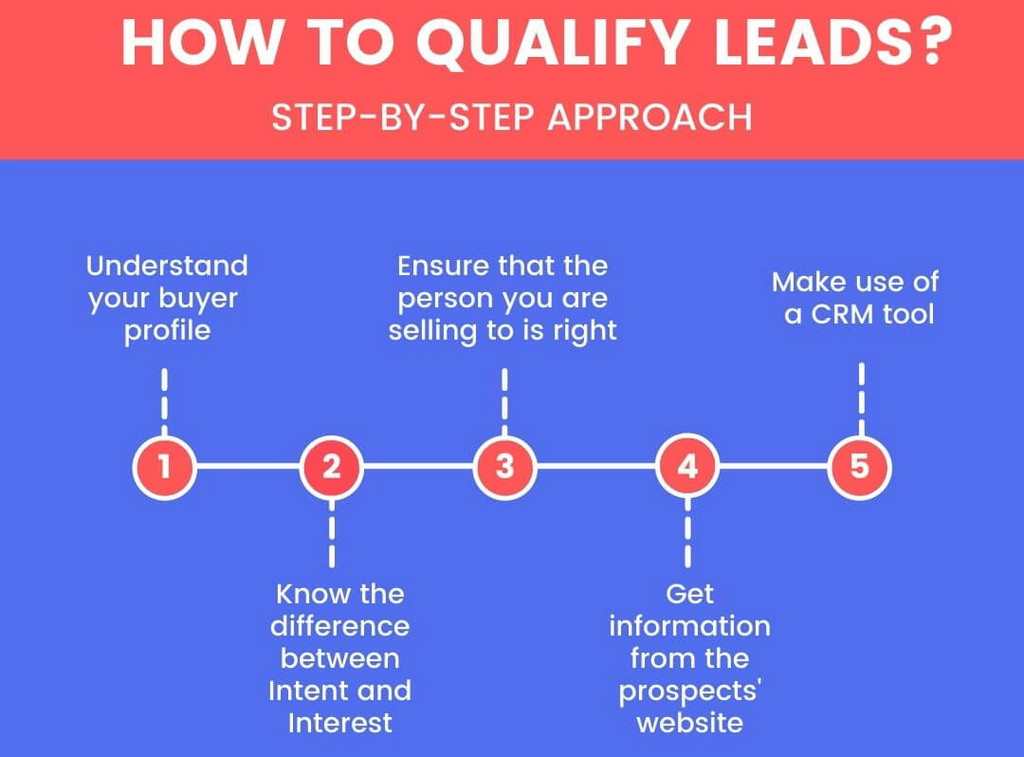
As mentioned at the outset, you have to get permission from these people to send them emails. Ideally, they should have the option to choose what kind of email, how frequently they want to receive them, and the best place to start gathering emails.
Your website.
Because website visitors are potential leads. They’ve already shown initial interest by checking out your website. So how do you get website visitors to provide their contact info and permit you to send them campaigns?
Here’s how:
First, create captivating opt-in forms. You can do this by offering an irresistible incentive or what many know as a lead magnet in exchange for their information.
As the name suggests, this incentive attracts leads. This can be in the form of:
3.1 Purchase Discounts
Consumers want to make the best out of what they spend when online shopping. Because of this, most people never pass out a discount. Consider my favorite discount option from this paddleboard supplier Gili Sports. While many mention a percentage discount, they prefer to provide the exact deducted amount.
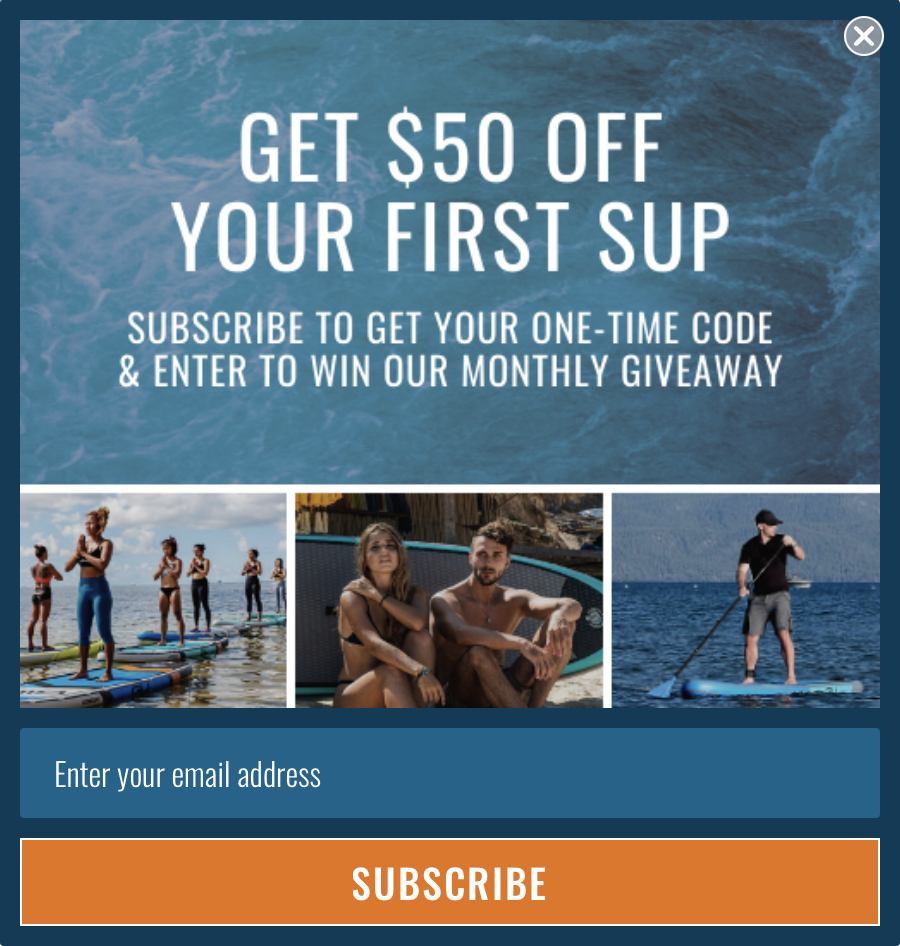
3.2 Contests
If you want to offer something more fun than discounts, consider initiating contests. Consumers like to get into something thrilling and this is one way you can keep people engaged and at the same time get the information you want from them.
3.3 Giveaways
Another lead magnet you can consider is giveaways of your products. This can seem too much for your budget but you don’t have to give everyone who visits your website one. You don’t even have to offer the full product size, just a sampler. Depending on the nature of your product, consider offering giveaways as your lead magnet.
3.4 Downloadable Asset (White paper, eBooks, or Checklists)
If you have valuable information to offer, consider giving either an eBook, a whitepaper, or a checklist as a lead magnet. Position this asset as something they shouldn’t miss out on or something that gives them information not many know about. Doing so will entice them to consider giving their email in exchange for this lead magnet.
You can also create your knowledge base content. Having this original piece will make your lead magnet more enticing. Here are 6 tips on writing knowledge-based articles.
Additionally, 80% of users abandon websites without opting for any subscription. As the last effort for subscription, you can leverage timed pop-ups. You can also drive sign-ups using the social accounts of your brand.
While you stick to one lead magnet, you can also do what this lingerie brand did for an extra push for the checkout page. They offered not just one, but 3 lead magnets (free shipping, free and easy returns, and best price guaranteed).

Or you can make it strong but compelling. Leverage the fear of missing out early on and offer to get early access to products and promotions. Here’s the perfect example of this by Green Supply’s website of KN95 masks.

Should You Buy An Email List?
What if you haven’t built an email list as big as you expect, should you buy an email list?
The unyielding answer is no.
One, there’s no guarantee that the email addresses are qualified leads.
Two, the list sold to you could have been sold to someone else first. Meaning, those emails have already been bombarded by tons of sales pitches.
Three, your campaign will likely land in the spam folder.
Four, you’ll be violating CAN-SPAM regulations because the emails gathered are unsolicited.
Five, you’ll likely get high unsubscribe rates.
4. Segment Your List
Now that your lead magnets are working great and you already have hundreds of emails on your list, should you send them all the same emails?
Ideally, no. Though all of them have shown an interest in your brand, not everybody will be interested in the topics you send, hence you have to segment your list.
Segmenting your list simply means splitting up the emails gathered into targeted groups.
Here’s an idea of how you can segment your email list:
- Interest-based list
- Buyers list (based on purchase history)
- Newsletter subscribers (leverage newsletter templates)
- Demographics-based list (gender, age, location, job title)
- Daily email list (can also be weekly, bi-weekly, or monthly)
The more segmented your list is, the more targeted the email marketing campaigns will be, and the more likely the message to resonate with them.
You can also segment your list right from the moment they sign up for a subscription. Ask them about their preferences for the type of valuable content they like to receive and how much they want to receive on a weekly or monthly basis.
Doing so also helps you start building a relationship with your contact list. Through this, they realize that their preferences are valued and if you follow through with their choices, their trust in your brand will increase.
4.1 Practice A Good Email List Hygiene
While you can create campaigns to re-engage inactive subscribers if an ample amount of time has passed and they are still unresponsive, it’s best to cleanse them from the entire list. It makes wise use of your resources, lowers bounce rates, and ensures you keep a good sender reputation.
Take advantage of a data entry specialist to keep track of active emails and also keep a separate file for inactive emails you can leverage for other campaigns later on. Hiring a data entry specialist also means you get someone else to handle repetitive and data-intensive tasks for you.
5. Understand Types Of Email Marketing Campaigns
Understanding email types will help you decide which one to use for each email segment you have. Generally, there are 6 types of email marketing campaigns:

5.1 Promotional Emails
Also called marketing emails, these types of emails are used to advertise your offers. Campaigns about offers and sales must be used sparingly. At best just when you have a new or special service going on to avoid annoying subscribers with overkill pitches.
5.2 Informational Emails
These are brief messages that don’t necessarily require action on the subscriber’s end. This includes milestone reminders, webinar reminders, course-ending reminders, or season-appropriate product reminders.
5.3 Educational Emails
These types of emails help solve problems or provide an answer to a common question. They are usually excerpts from blog posts so you can send an email like this when you post a new blog.
5.4 Lead Nurturing Emails
Lead nurturing campaigns are usually composed of 6-8 emails and are sent in a span of between 60-90 days. Like educational emails, lead nurturing emails are content-rich but this is more persuasive in getting the reader to respond to calls to action.
5.5 Relational Emails
These are emails that deliver what you promise to a subscriber like a gift, a discount coupon, or weekly email newsletters.
5.6 Transactional Emails
These emails are sent when an action is made by a subscriber. It can be a welcome message, a purchase confirmation, or an acknowledgment of changes to the subscriber’s information.
Usually, these are useful for eCommerce stores selling items in bulk. You can also leverage retention emails once you get a solid email following.
6. Know Your Audience
When you don’t have enough data yet, you’ll highly be reliant on lookalike audiences insight platforms like Google Analytics and Facebook Insight to know more about your target audience. Your demographics, interests, and location information from these platforms.
But as your email contact list grows and more subscribers engage with you, you’ll know more about the buying behaviors of your target audience and the pains you need to solve.
Use the information you gather to formulate marketing angles you can incorporate into your emails.
7. Devise An Efficient Email Workflow
In general, your email flow should be: relevant, engaging, timely, and valuable.
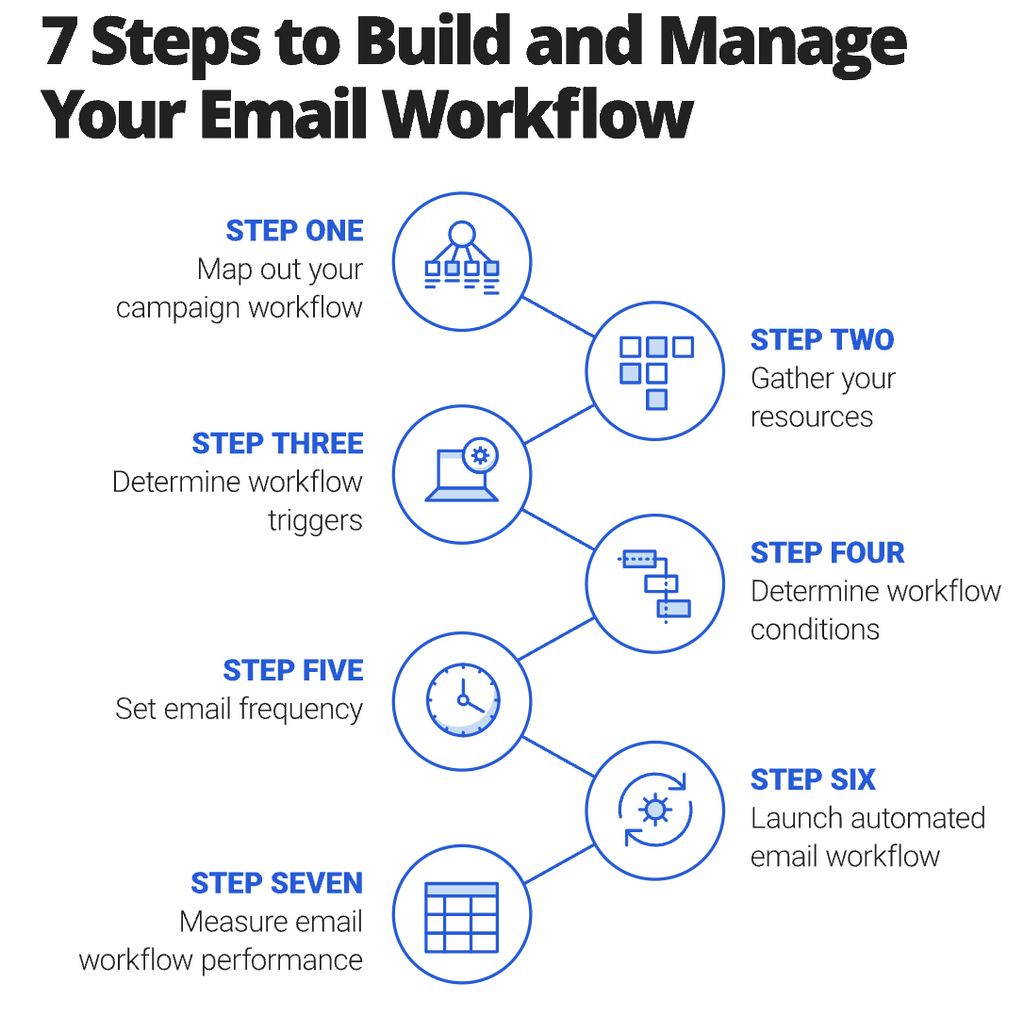
How can you keep these principles in mind when crafting your marketing campaign email flow? Here’s how:
7.1 Send A Welcome Message (Don’t Pitch Right Away)
Logically, a welcome message is targeted at new subscribers. At this point, they have a limited background about your brand. Hence this is a good time to tell them what to expect as a new subscriber and what they can enjoy.
Again, don’t pitch right away, if they signed up for the email list to get weekly newsletters, that’s what you should deliver.
7.2 Focus On One Objective
Don’t pack too much information in one email. It can overwhelm your subscribers and is a sure way for your succeeding emails to land in the spam folder.
If the reader opted for educational emails, keep sending them valuable information they can use or apply about the niche.
One way you do this is by repurposing 1 blog and dividing it into sections. This is called an email series. Each section can be one email so with just 1 blog you can send objective-focused emails.
8. Create A Strong Email Copy
A strong marketing campaign email copy moves a reader. How can you craft one? Here’s a list of things you can follow:
8.1 Craft Hard-To-Ignore Subject Lines
Email subject lines are what readers will see in their inboxes first. Make it compelling enough that they can’t resist opening up the email.
In terms of character number, subject lines should only range between 41-50 characters.
What do you say in the email subject line? Try any of the 6 listed below:
- Personalize: add the reader’s name on the subject line
- Use rank-worthy keywords like “increase your ROI in 5 easy steps”
- Avoid spam-triggering words like “risk-free”, “click here”, and “winner”
- Use fear-of-missing-out phrases like ‘last few spots before the offer stops”
- Use an active voice, say “an email compelled me” instead of “I got compelled by an email”
- Tell the reader what to expect when he opens the email (benefit-driven liners)
Keep it simple like my favorite title from this Amazon repricing tool. Instead of overthinking the title, they simply said: “The Best Amazon Repricer Tool to Increase Profits.” They successfully positioned themselves as one of the best and mentioned a benefit along it.
8.2 Make It Easy To Read
Make the email body content short, strong, and concise. It’ll be good for mobile email readers. A wall of text is a sure way to get readers to lose interest.
8.3 Leverage Storytelling
A story is a valuable email. They create an emotional connection, grab attention, and effectively get the message across.
8.4 Use Copywriting Psychology
Hook people to your message using psychological triggers like:
- Social proof
- Color psychology
- Pain points poking
- A sense of urgency
- FOMO (fear of missing out)
8.5 Focus On Design
Your email layout has to be aesthetically pleasing. After all, who likes reading a dull black-and-white email?
Focusing on design also means being consistent with your branding. How your website looks and the colors you use should reflect in the emails. Hiring a graphics expert can help you with this.
Make sure to use a responsive email template. Even though most people use their mobiles, some others still use their tablets and computers and your email must be responsive to the change in size.
To make the email more accessible, limit the use of images. Yes, they make the email attractive but if the information is highly reliant on the images, people who don’t have automatic access to the images or had it disabled will be left with limited information.
Lastly, make the design straightforward and optimized for mobile. Take advantage of the hierarchy of elements where you put the main takeaway or the most important information at the top center.
9. Optimize For Email Deliverability
A huge factor of your email marketing strategy success is email deliverability – the ability to get the email to the inbox.
Here are some best practices to follow when creating an email marketing campaign:
- Avoid using spam triggers.
- Send emails only to those who opted into it.
- Remove inactive addresses and unengaged users.
- Always add an unsubscribe link (required by regulatory boards like GDPR).
- Activate your email domain’s security protocols – DMARC, DKIM, and SPF to increase the email’s credibility.
10. Test And Track Using The Right KPIs
After crafting your flow and marketing campaign email copy, test it out before sending it to your subscriber list. See how it’ll look on the reader’s end. Reading aloud can even help spot awkward sentences and mistakes.
You can send the email to yourself first too and try opening it on different devices to see how it looks. Run an A/B test experimenting on different media elements, one at a time to see what works best.
After sending the email to your list, keep track of the analytics to measure your email’s performance and determine where you can improve.
What metrics should you look at?
- Opens and clicks: low click-to-open rate indicate that the subject line needs improvement
- Website traffic: compare how many visitors your website gets to how many visitors subscribed to the email list
- eCommerce data: track product page links to see how many conversions an email gets
- CTR (clickthrough rates): if the campaign is compelling enough to drive the reader to click on the email link
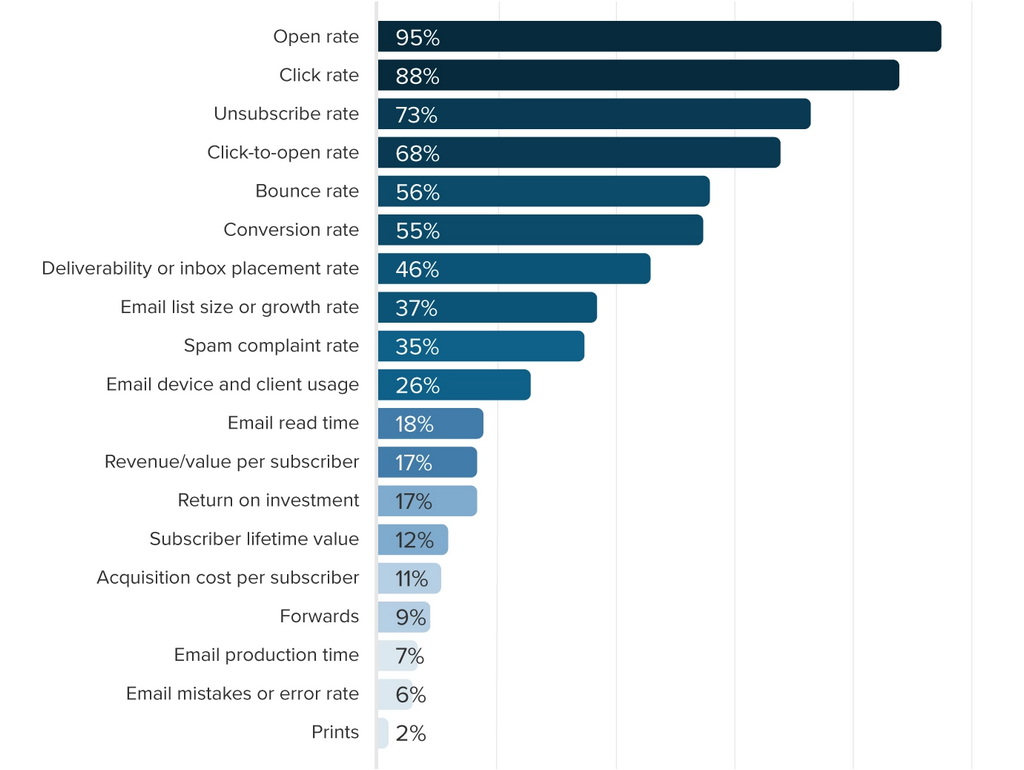
Are you an online seller? Here are Successful Email Marketing Campaign Examples for eCommerce Store.

It’s time…
Don’t wait for success to come. Hire yourself and start your own dropshipping business
Make The Most Of Your Email Marketing Campaign!
Make the best out of your dropshipping email marketing campaigns by defining your marketing goals, creating a targeted email list, sending them the right emails, and tracking with metrics to continue improving.
It can be overwhelming at the start, but once you familiarize each step, doing it over and over again will be a piece of cake until you realize the benefits of email marketing.
Email marketing is only one of the strategies you can leverage. Don’t forget that scaling your dropshipping business means taking advantage of the best management and email marketing tools available. Sign up with us to get a free start and see how it changes your dropshipping game.
About the author:

Burkhard Berger is the founder of Novum™. He helps innovative B2B companies implement revenue-driven SEO strategies to scale their organic traffic to 1,000,000+ visitors per month. Curious about what your true traffic potential is?

